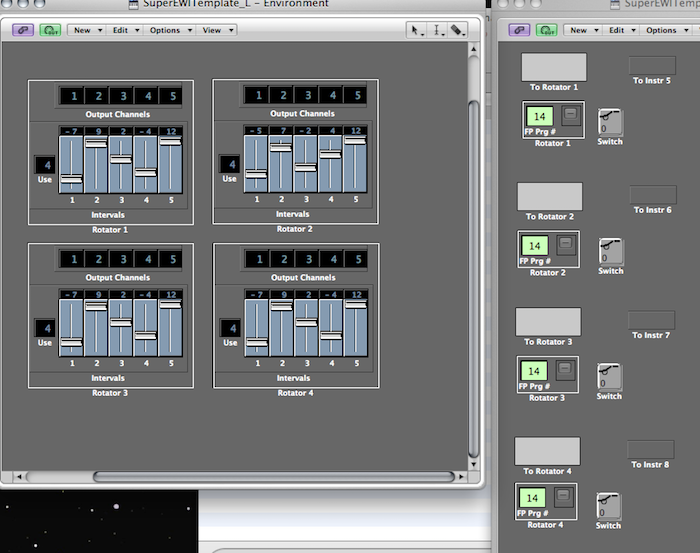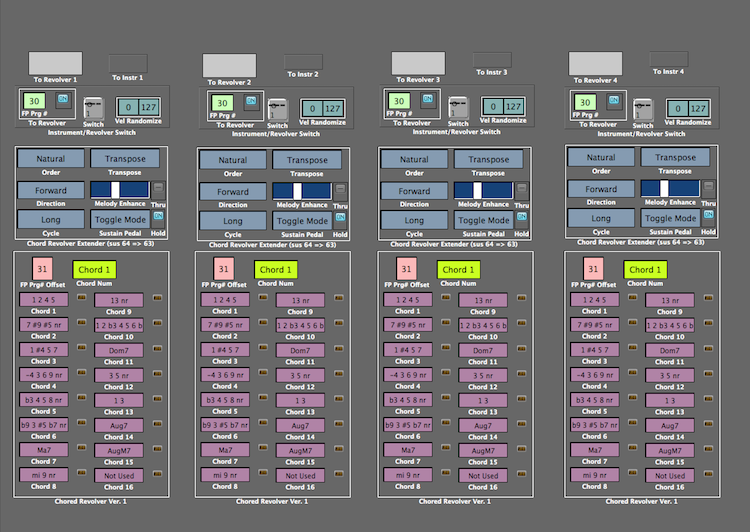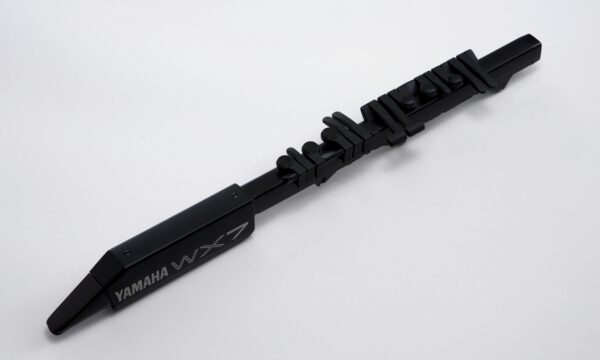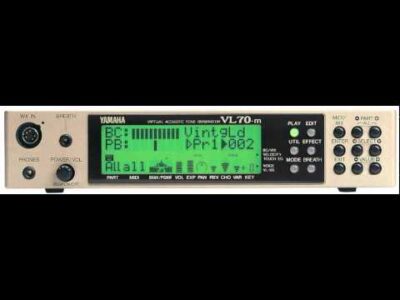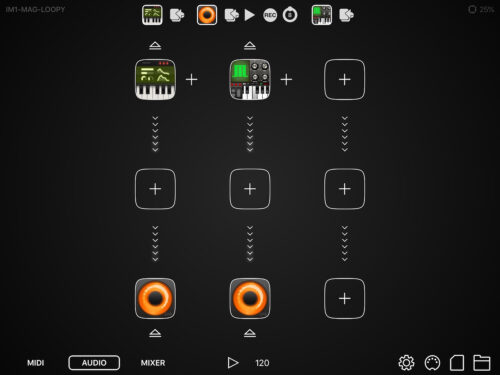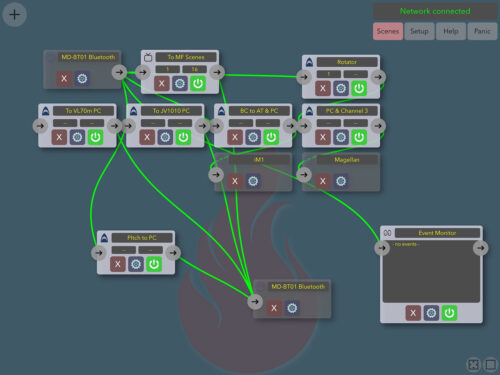Recording History
The year was 1985. There were very few recording studios around back then.
There was Irish-Saxe in Appleton WI. Owned by Mitch and Keith Irish. And Madison Street Sound in Waupun WI. Owned by Nick Kuzulka and Wally Messner.
I bought an Akai MG1212 recorder and I was off and running. The first studio I had was out of my home in Oshkosh WI called Blue Spruce Recording. There was a very tall blue spruce pine tree outside the studio. The Akai used a special formulated video tape in the Betamax (or Beta) format. While not the most reliable machine, I made a lot of music on that 12 track recorder as well as recording many local and regional musicians. And learning a ton in the process. Mostly from my mistakes in those early years. But having a blast learning.
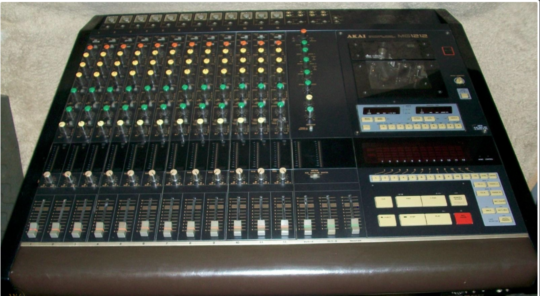
My current studio, Steel Moon Recording, is located on the mouth of the Fox River in Oshkosh, WI.
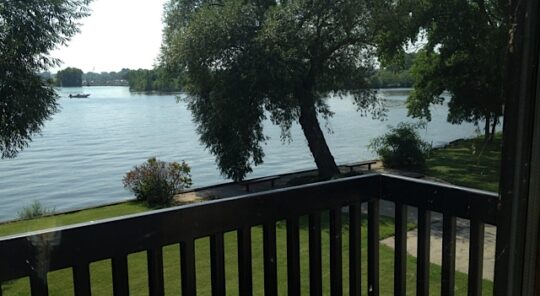
In 1988 I was ready to get a computer. There were multiple choices. The most popular were PC’s, Macintosh, Amiga, and Atari. But couldn’t decide which one I should buy. Then I came across an article that advised buying the hardware that will run the software you want to use. Invaluable advice!
I then discovered an amazing piece of music software called Notator developed by the German company, C-Lab. It was a sequencing and notation program. And it ran on an Atari desktop. So that’s the computer I bought. An Atari 1040ST. It had built in MIDI ports so you could connect a keyboard to it, play to a click and Notator would throw it up an a staff. The only computer at the time that had that feature. I used a DX7 keyboard and had several synth modules as sound sources.
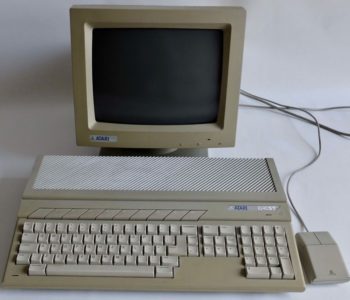
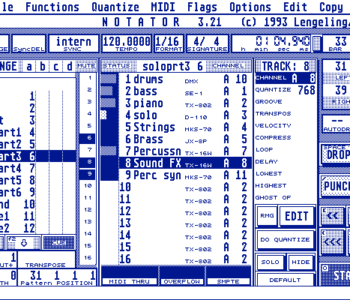
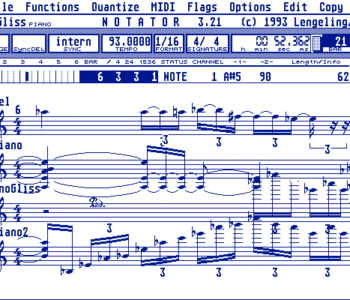
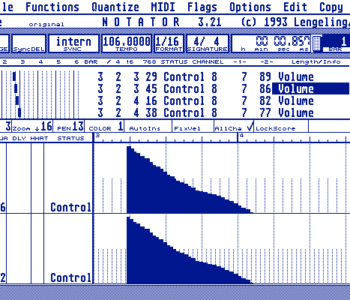
The below pics of Logic (formerly Notator) after the GUI was completely updated, early 90’s. Still ran on an Atari desktop computer. This is, for the most part, the configuration that is still used today by almost all of the different DAWs.
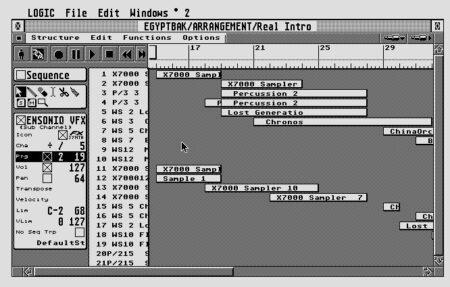
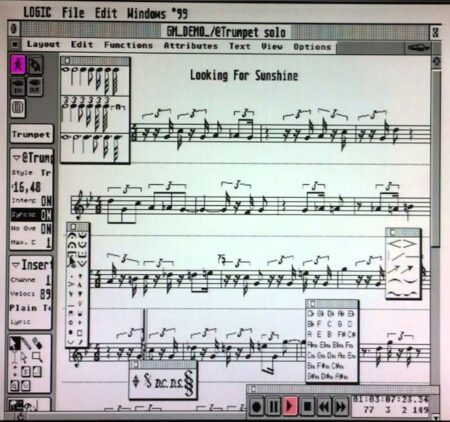
In 1992 I moved on to the Alesis ADAT XT for my recording machine. These were digital machines, 8 tracks recording onto a special formulated VHS tape. And the digital audio age was off and running!

I used that setup until 1994. Logic Pro (formerly Notator) was bought by another company from Germany called Emagic. They ported it over to Mac. That’s when I bought my first Mac – a Power Mac 7100. It was then that Emagic added the digital audio component. Logic Pro continues to be an industry standard and one of the most popular DAWs out there.
I continued to use my ADAT’s for a few years then picked up a Digidesign Session 8 audio interface.
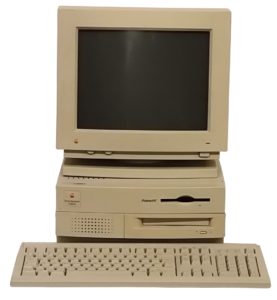
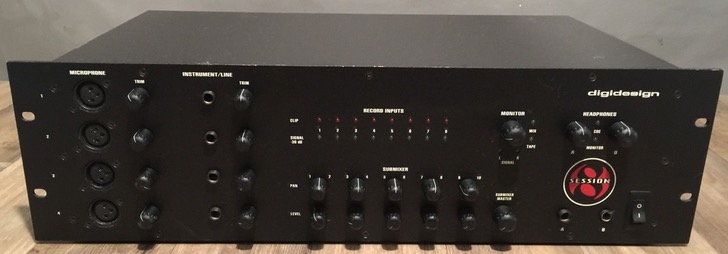
So fast forward to 2000. After Emagic made many updates and improvements they sold the software to Apple. The price was immediately raised to $1000.(!). Well, that changed rather quickly. Apple split the app into 3 separate apps – Logic Pro, Logic Express and Garage Band. And eventually lowered the purchase price to $200.(!) Feature laden.
Logic Express lasted for a few years. Logic Pro and Garage Band have become the industry standard. Music is now being made on mobile devices! Bravo Apple!
If you compare the below pic to the one above, the work flow is basically the same.
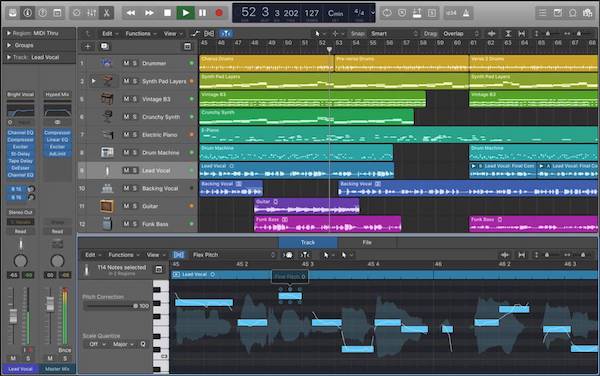
Logic has a feature called the “Environment”. It’s sort of “under the hood”. I was fascinated by the environment and immersed myself in this feature. Using the environment, an endless assortment of very sophisticated tools could be created out of various objects to assist with work flow.
For a brief time in the late 90’s and early 2000’s I used a Roland VS1680 and a Roland VSR880 for remote recording.
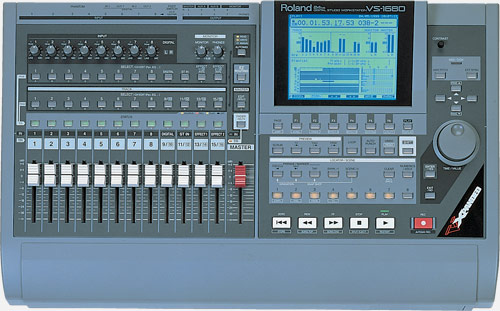

I wanted to be able to control every parameter in both units from within Logic. Including the transport controls. So I built an environment to do exactly that. And it worked perfectly. I shared it online as I knew there’d be others who would find this useful. It’s quite impressive if I do say so myself!
Very shortly after availing it to the internet I was contacted by Apple Computer inquiring whether it’d be ok if they put my environment on their next Logic Pro Release CD. Of course it’d be ok! I was honored.
In 1995 my wife, Janet Planet, and I started our own independent record label. Stellar Records We wanted to document our own music. We now have over 40 releases on our label. Both our music as well as other independent artists.
Some releases on our “wall-of-fame”.
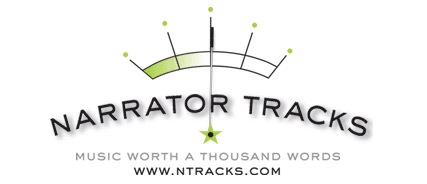
In 1989 I was hired as a composer for the music library, Narrator Tracks Music. Fast forward, in 2005 I bought the business and just released CD 132. I’ve composed over 800 songs in many genres and styles to the library in the last 30+ years. My music is played/used internationally as well as domestic and has been featured in motion pictures and documentaries as well as countless video productions.
As well as saxophone, I perform on a wind-synthesizer. I use an old-skool Yamaha WX-7. Equipment below.
Inspired by the great saxophonist/EWI player Michael Brecker, I designed a Logic Pro environment specifically for my wind-synth and a Macbook Pro. I call it “SuperEWI”. Details here.
(WARNING: These screen shots are of Logic Pro 9. This environment will look very different in Logic Pro 10 as Apple had changed the look of the objects as well as the color palette.)
Below are the MIDI channel strips complete with Note Limits, Transpose, Velocity Range, MIDI Compression among other features.
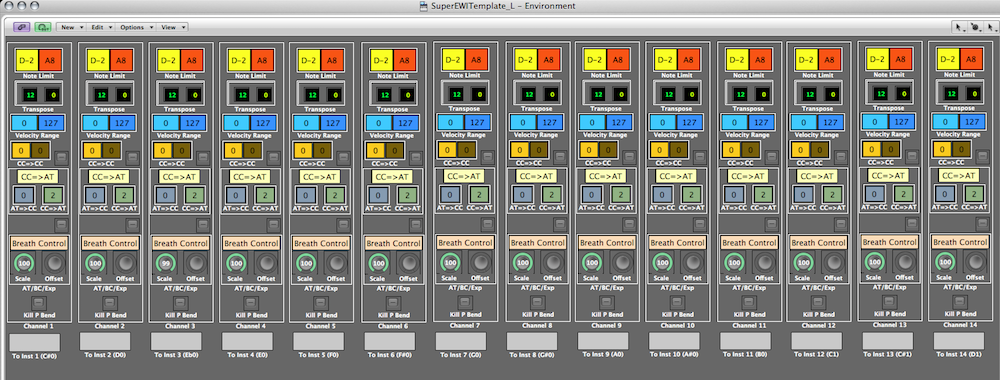
Here’s the Patch Select object used to trigger patches with MIDI notes played on the lowest notes on the wind-synth.
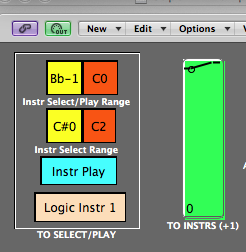
I built 4 note Rotators. The note rotators cycle up to 5 different notes/pitches and can be set +-12 half steps. Rotators can be used to create harmonies by cycling through the selected pitches.
As well as chord rotators. A chord revolver cycles through predetermined chords to provide the ability to accompany yourself.
